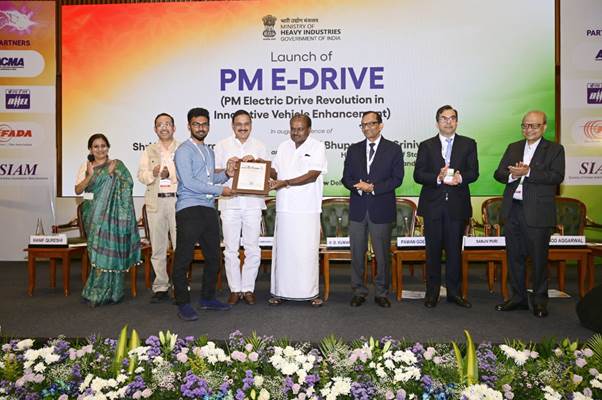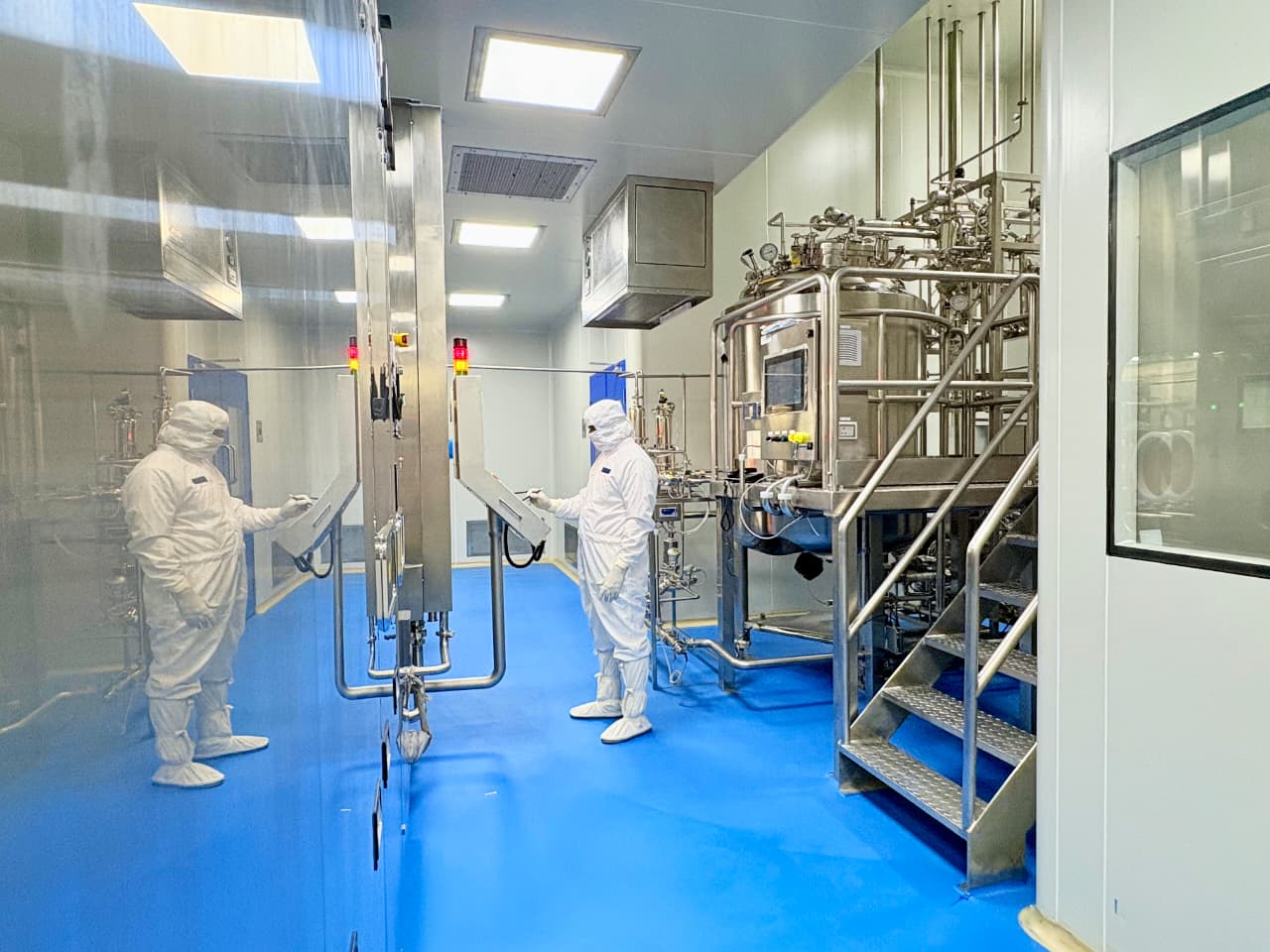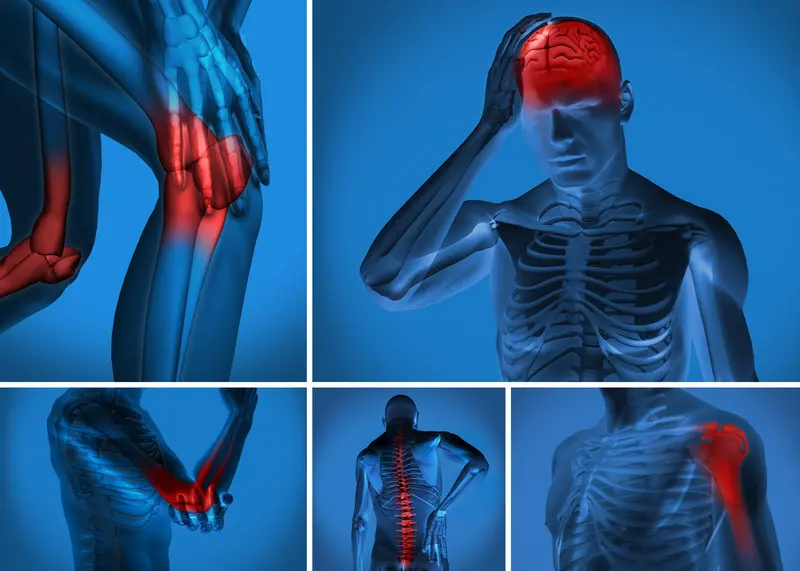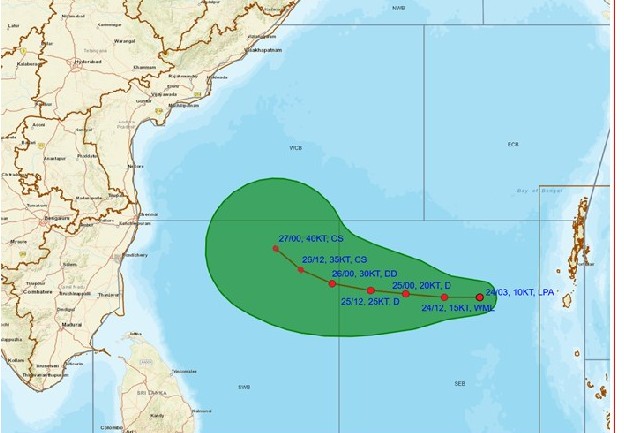New Delhi: In a major step toward advancing India’s electric mobility sector, the Union Cabinet, chaired by Prime Minister Narendra Modi, has approved the PM Electric Drive Revolution in Innovative Vehicle Enhancement (PM E-DRIVE) Scheme. Announced on September 11, 2024, the scheme comes with a financial outlay of ₹10,900 crore, spread over two years, aimed at promoting the adoption of electric vehicles (EVs) and building essential charging infrastructure nationwide.
The official launch of the PM E-DRIVE Scheme took place at a special event at Bharat Mandapam, New Delhi, with Union Minister for Heavy Industries & Steel, H.D. Kumaraswamy, and Minister of State for Heavy Industries & Steel, Bhupathi Raju Srinivasa Varma, in attendance. Senior officials, including Secretary, Ministry of Heavy Industries, Kamran Rizvi, and leaders from the automotive industry, also participated in the event.
Speaking at the launch, Kumaraswamy said, “Today marks a landmark moment as we transition from the FAME Scheme and Electric Vehicle Promotion Scheme to the PM E-DRIVE Scheme. This initiative, coinciding with the 155th Birth Anniversary of Mahatma Gandhi, contributes to both ‘Swachh Bharat’ and ‘Swachh Vahan,’ fulfilling the Government of India’s promise to launch the scheme within 100 days.”
Major Highlights of the PM E-DRIVE Scheme:
- Subsidies/Demand Incentives: ₹3,679 crore has been allocated for electric two-wheelers, three-wheelers, ambulances, trucks, and emerging EVs, supporting over 28 lakh vehicles, including 24.79 lakh e-2Ws, 3.16 lakh e-3Ws, and 14,028 e-buses.
- E-Voucher System: The Ministry of Heavy Industries introduced Aadhaar-authenticated e-vouchers for EV customers, streamlining the process of accessing demand incentives. These e-vouchers, which were demonstrated live during the event, will be generated at the time of purchase and sent to customers’ registered mobile numbers.
- E-Buses and E-Ambulances: A significant portion of the outlay—₹4,391 crore—has been earmarked for the procurement of 14,028 electric buses in 9 major cities, with a preference for buses replacing scrapped State Transport Undertaking (STU) vehicles. An additional ₹500 crore will be used to deploy e-ambulances, with standards developed in collaboration with the Ministry of Health and Family Welfare (MoHFW) and the Ministry of Road Transport and Highways (MoRTH).
- E-Trucks: ₹500 crore has been set aside to incentivize the deployment of electric trucks, requiring scrapping certificates for incentives.
- Charging Infrastructure: With a focus on high-penetration EV cities and highways, ₹2,000 crore will be invested to install 22,100 fast chargers for e-four-wheelers, 1,800 chargers for e-buses, and 48,400 chargers for e-two-wheelers/three-wheelers.
- Test Agency Modernization: ₹780 crore will be used to upgrade testing agencies under the Ministry of Heavy Industries to handle new EV technologies.
Bhupathi Raju Srinivasa Varma emphasized the scheme’s role in achieving Prime Minister Modi’s vision of net-zero emissions by 2070, stating, “The PM E-DRIVE Scheme will be instrumental in driving EV adoption across the country and will contribute significantly to a cleaner, greener future.”
Secretary Kamran Rizvi praised the contributions of the automotive industry in accelerating electric mobility and urged Original Equipment Manufacturers (OEMs) to actively support the success of the PM E-DRIVE Scheme.





